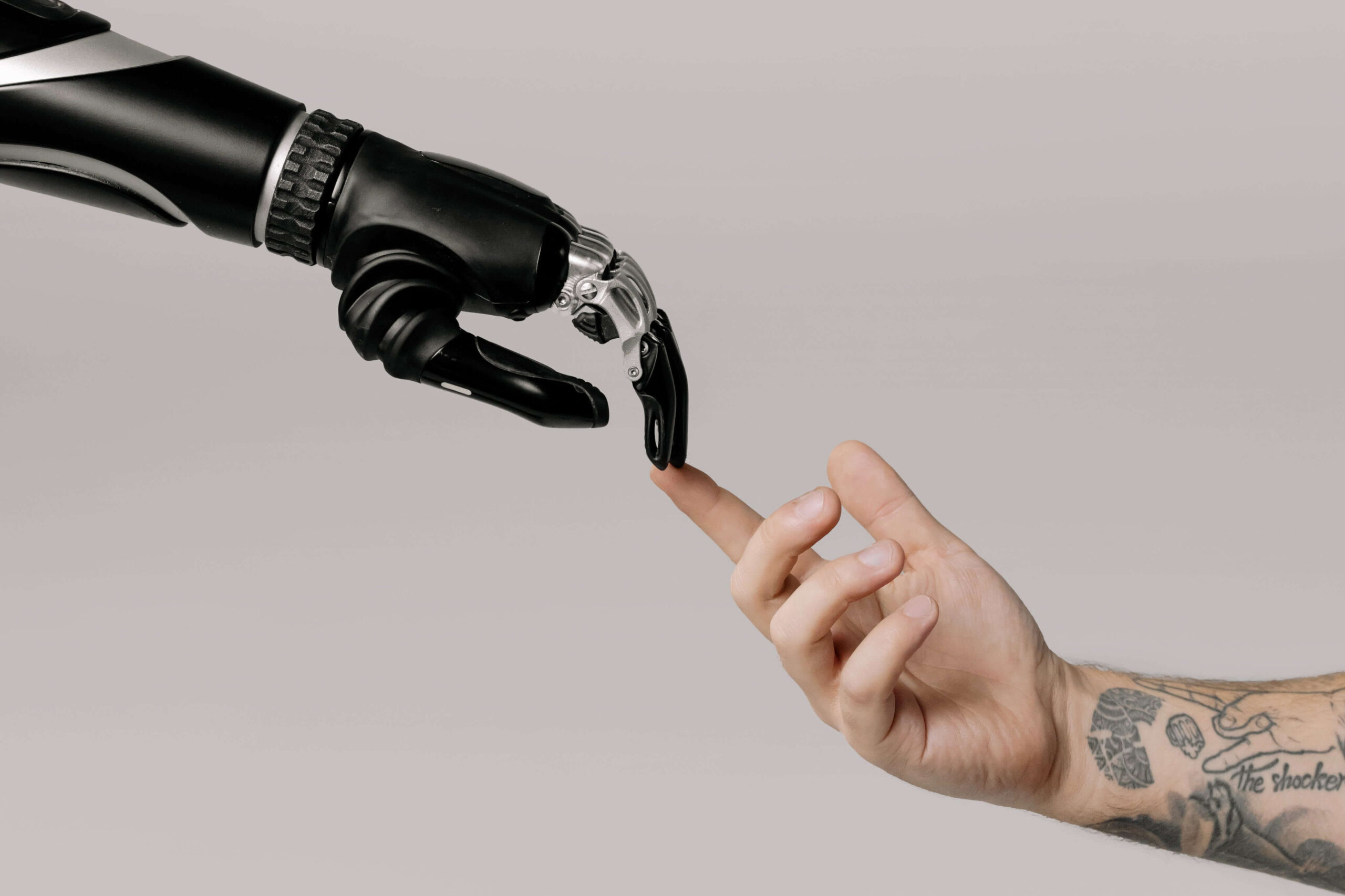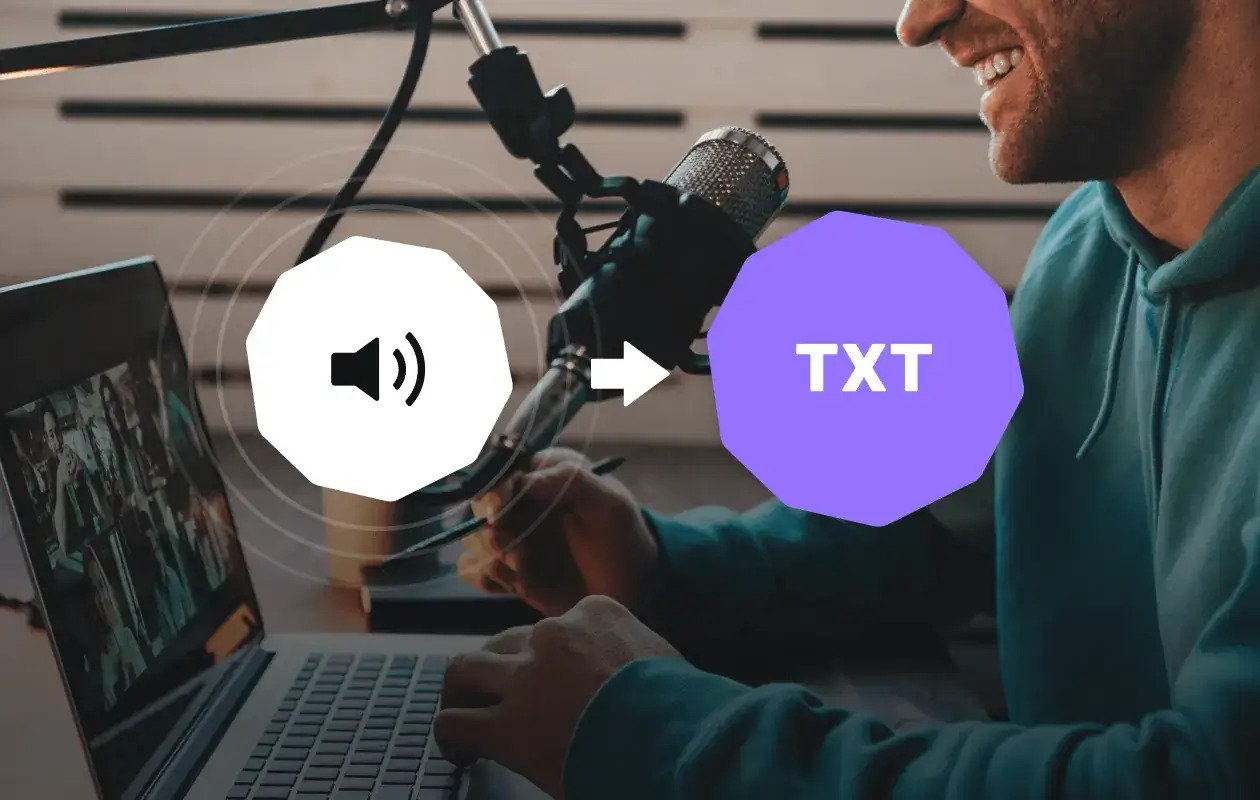

A Glance Into the Future: Will AI Replace Human Typists and Transcriptionists?
The world of professional typing and transcription is something that should not be taken lightly. Many businesses in a variety of industries place a high value on typists’ and transcriptionists’ ability to do their tasks quickly and accurately. However, as technology continues to advance, we’re seeing more and more automation in the field.
With the introduction of AI-powered tools such as ChatGPT, the future of typing and transcription services appears to be considerably different from what it was just a few years ago. In this 3-minute read, we will explore how ChatGPT is changing the industry and its potential to replace human experts in the coming years and share expectations in the development of AI. So, join us as we delve into the exciting potential of AI and the future of transcription and typing services.
Capabilities of ChatGPT for Typing and Transcribing
ChatGPT is a sophisticated natural language processing tool created by OpenAI. Due to the constant advancements in NLP, it can not only retype images and PDF files to text but can also handle video and audio transcribing with a considerably high level of accuracy. Such tasks were historically done by human typists and transcriptionists, but with the advent of ChatGPT, the process is becoming more and more automated.
ChatGPT can also handle several languages, which can greatly benefit businesses and individuals who deal with a wide range of languages and operate in multiple countries. Overall, it is a robust technology that is altering our perceptions about typing and transcribing and how it might be done much more efficiently and with less investment.
How AI Typing and Transcription Are Changing the Way Businesses Handle Tasks
AI is transforming how businesses handle retyping and transcribing tasks in a variety of ways, with the most significant being process automation. Instead of relying on human experts, businesses can now use AI for typing and transcribing at a faster pace. The thing is, ChatGPT can process large volumes of data in a matter of minutes, not hours or days, as in the case of humans.
ChatGPT can also be integrated with other platforms and software, enabling businesses to automate image and speech-to-text recognition tasks across multiple departments. For instance, ChatGPT can transcribe customer support conversations and integrate transcribed files with CRM systems.
Overall, AI alters how businesses handle typing and transcription tasks, streamlining and simplifying the process. But does it really have the capacity to replace human professionals in the foreseeable future? Our answer is that it is unlikely to happen, and below are the top reasons why.
6 Reasons Why Human Experts Are Still Needed for AI Transcription and Typing
While automatic software for document processing and voice recognition technology are heavily used, the efficacy and quality of the output files are frequently questioned. First and foremost, AI cannot accurately recognize such nuances of human speech as dialects, slang, tone, and idioms, and it has a very long way to go in terms of accuracy.
The experts of our professional typing services have compiled a list of key reasons why manual typing and transcription currently come out on top. Let’s take a look now:
- Better Understanding of Dialects, Accents, and Jargon
Trained transcriptionists usually have years of hands-on experience, making it a no-brainer for them to understand various accents, dialects, and jargon. Additionally, they can do some independent research to find the proper words, which is a huge, indispensable part of the job of every professional transcriber and typist.
When it comes to AI, the technology is not yet mature enough to fully comprehend different speaking styles, field-specific terminology, and acronyms and deliver the same level of accuracy. It sees and hears what it thinks it sees and hears, so there is a high probability that words or even entire phrases and sentences will be mistranslated, resulting in a useless transcript.
- Exclusion of Unwanted Elements
Automated software typically takes a literal approach and heavily relies on verbatim transcription. As a result, it captures everything that is being said, including noises, making the output file highly confusing and challenging to understand.
A skilled expert, on the contrary, can always identify which filler words should be excluded from the transcript to ensure you receive a high-quality, refined output file, even if the quality of the input file is low.
- Identification of Speakers
Although the technology is evolving and some systems can already designate between a male and a female speaker, they usually fail to identify the number of speakers in the input file, leading to a highly confusing transcript.
When you compare AI with a human expert, a human is still better equipped to distinguish between multiple male or female voices and create a comprehensive transcript, which is especially important in such fields as law, education, and medicine.
- Custom Formatting
Yes, AI utilizes a standard template while retyping and generating transcripts. But, unlike an experienced typist or a professional document formatting service, it is unable to format the output file to the client’s needs.
Headers, footers, indentations, quote marks, bolds, and italics are all examples of custom formatting.
- Clarity and Fact-Checking
There are many instances where an audio or video file processed by AI contains either off-topic or ambiguous statements. In such a case, a human expert can use research to fill in the gaps and make the phrases more coherent, something that AI software still doesn’t have the capability to do.
When it comes to clarity and fact-checking, depending on human typing and transcription service is always a smarter choice.
- Punctuation
If your smartphone creates a transcript every time you get a new voicemail, you definitely know that not only does AI software do a lousy job of transcribing, but it also does a terrible job of punctuating. The reason is simple: punctuation is not just a skill but an art form.
Yes, there are guidelines, but punctuating the spoken word requires not only strict adherence to rules but also consideration, analysis, and an artistic touch, which AI software will hardly ever be capable of. The same applies to context.
For instance:
Phrases “Let’s eat dad” and “Let’s eat, Dad” mean two entirely different things and require completely different punctuation choices.
A human typist or transcriber also types the words they see or hear. Still, they can place them in the correct context, which means that getting actual value in the form of a high-quality, error-free transcript is only possible through human transcription, and this trend is here to stay.
So, What’s the Future of Transcription and Typing?
AI transcription and typing have advanced significantly in recent years, providing quick and comparatively accurate results for a variety of applications. While AI can effectively process large volumes of image, audio, and video content quickly, there are still certain limitations to the technology, such as accuracy, contextual comprehension, punctuation, and other nuances, calling for human intervention to achieve the desired level of quality.
Considering these factors, it is doubtful that AI will completely overrun the market and totally replace human experts in the coming years. However, it is highly probable that humans and AI will work together to get the typing and transcription tasks done faster, helping humans increase their efficiency and productivity. After all, AI technology is a great tool to save the effort and time needed to generate an initial transcript, and its future is undoubtedly bright.
Here are the things you can soon expect in AI typing practice and transcription:
- With AI becoming more sophisticated, the costs associated with automatic typing and transcription will likely be reduced.
- Improved features, functionalities, and capabilities, such as processing multiple files at once and selecting an output format.
- Ability to extract sentiments from the speech and analyze those feelings, providing for better customer interaction and targeted marketing.
- Ability to identify distinct speakers in a video or audio recording, helping analyze their behavior to make future predictions.
- Ability to filter content for potentially sensitive and harmful information, eliminating the risk of facing legal issues by content management companies and podcast platforms.
- Ability to quickly summarize videos and audio, identifying key points.
- Ability to make topic and intent analyses for cases when a quick overview of the key discussion points is needed.
Need to convert an image, audio, or video file to text with 100% accuracy? Our seasoned manual transcription experts have got you covered! From academic to legal transcription, we cover a wide range of subjects, making us one of the leading manual document typing and transcription services in the field.


